|
By Chris Hoenig
When a person knows a Black person is intelligent, he or she is more likely to subconsciously believe that person has lighter skin than the person really does, proving a subconscious bias against dark-skinned Blacks, according to a new study. Researchers at San Francisco State University divided study participants—125 students at the university who received partial course credit for taking part—into two groups, subliminally ingraining the word “educated” into the minds of one group and the words “ignorant” and “athletic” into the minds of the other. Participants were all then shown a picture of the same Black man. Later, after going through a distraction exercise, they went through a process where they were shown four different pictures or groups of pictures, which included the original picture and/or up to six others, each one altered to change the skin tone—three were lighter (by 25, 37 and 50 percent), three were darker (by the same proportions). After seeing each picture/group of pictures, participants had to identify whether the original photo had been on the screen. The results spoke for themselves, with the students in the “educated” subset more likely to not only select the wrong photo, but roughly twice as likely to select the picture that was 50 percent lighter than the original. Overall, they were 20 percent more likely to choose a picture that had been lightened than the “ignorant” and “athletic” subsets, and only a fraction more likely to choose one of the three that had been darkened. The “ignorant” and “athletic” subsets were the most likely, by about 20–25 percent, to choose the picture with the darkest skin.
“Black individuals who defy social stereotypes might not challenge social norms sufficiently but rather may be remembered as lighter, perpetuating status-quo beliefs,” the study explained. “Whereas encountering a Black individual after being primed with the word ‘educated’ might pose a challenge to existing beliefs, encountering a Black individual after being primed with the word ‘ignorant’ would likely not require resolution or a misremembering of skin tone to align with these beliefs.” In order to prove their findings, the researchers ran the experiment again with 35 more students, who also received partial course credit for participating. This time, the researchers removed the term “athletic,” which had brought results very similar to the “ignorant” group in the first experiment, keeping only “educated” and “ignorant” for the study. In addition to the Black man’s photo, they also added an image of a red fox and a computer-generated greeble, both of which also had corresponding lightened and darkened photos (by 25, 37 and 50 percent, just as the man’s photo had been altered). The second study reinforced the results of the first, only this time the participants from the “educated” subset were even more likely to choose one of the three lightened images of the man. The study also found the bias applies only to humans; neither the fox nor the greeble had any significant changes based on the altering of the images.
A deeper dive into the study’s results also found that the bias exists across all races and ethnicities. “It is pervasive across and within diverse ethnic and racial groups, including whites, Latinos, and Blacks,” according to the study’s authors. Researchers say the findings back up previous studies that suggest stronger negative stereotypes are applied to Blacks who have darker skin. These negative stereotypes, according to those other studies, have resulted in longer prison terms for darker-skinned Black men and women. The study’s findings are published in SAGE Journals. So what is the context. Context is simply a three dimensional concept made up of place, time and space. it is the geographic place, corporeal time and the volume of the space as a relates to corporeal time and geographic location. It is the chronological time you find yourself In, decades or generations create benchmarks of human time. the geographic and living environment that human beings develop successfully. Context is lastly the use of space and resources as the geographic environment supplies. Time, space and geographic location create positionality, that context is created given a specific position and that people are trying to do their best to adapt to that context. The adaptation to the context The adaptation to the context is what we typically referred to as culture. Culture then with that understanding starts to take on a different meaning and a different way of human beings relating to each other. Because once we understand that context is the driving force behind culture then we get a better sense of why culture exist and how it is trying to achieve a goal. Given a specific context cultures of develop ways of interacting with that context that I was supposed to yield the best results from the learnings of those groups of people. As I look at religion, how people go about using nature and agriculture, what human relationships are to nature and to the spiritual world we begin to see examples of how people interact with each other, our roles and responsibilities that lead to the successes of people groups. When we look closely to culture, what we would find if we look close enough is that all of those behaviors stem from people trying to adapt to their context. So what is at the root of the of this adaptation why are people trying to adapt to their environment? one might argue that there is a twofold root of all human behavior, one is the procreation of the species. Making sure that human beings are in environmental states or are able to survive environments that let their genes continue to procreate to keep the species of human beings alive. The second reason for these adaptations are the higher functioning levels that allow the first of adaptations to to take place for the second is really about passing along the memes, the ideas of what success means for group of people as well as it's spiritual meanings as a relates to the afterlife or the world beyond the physical corporeal realm. Alfred Adler often talked about the need that human beings have and they can be summed up in these three statements that human beings are looking for significance, for looking for belonging, and are looking for safety. One could argue that those three things being at the center of people's desire for adaptation will allow not only that the spiritual connectedness of our being but also our are corporeal existence to be continued, that our genes will continue that are memes will also continue. So with this understanding that people are looking for safety, significance and belonging given their context. We start to see culture in a more defined way and that people are exhibiting certain behaviors, certain attitudes and certain thought patterns because in the past they have been found successful within the context they were developed. Culture clashes So why do we have culture clashes. We have cultural clashes because often times people are coming bringing their cultural experiences their cultural success is their cultural means with Dave what they've learned in their culture into a new context. Often times the behaviors that we learned in a given context, in a specific culture as we branch out of those cultures and as context change it often times is difficult for people to adapt to or takes time for people to develop a new culture and the adapt to a new context. I can recall my parents telling stories of whipping, of beatings ,of capital punishment that they received as his children. As I listened to them, as they defined why those things were happening to them, why they would get a spanking by the neighbor and then come home and get a spanking because the neighbor spanked you. The context of those things became very important. My grandparents are coming out of the context of two generations or so after slavery and so it became very important ,specifically in the south, that people know their place. If "one" stepped out of their place, particularly if you were African-American or appeared to be African-American, retribution for not knowing or coming out of your place was ultimately death and at the least it would be physical punishment. As a result of that mentality that desire to make sure that the gene of our young people move forward that the memes, the things that we've taught our young people, also can continue forward it became acceptable, particularly in the African-American community, to use physical punishment to train your child. Given the context that my great grandparents were coming from and that their parents were coming from, that was a useful and needful however in today's society using that physical punishment to train your child is not as necessary. Time and time again you still hear stories of people using physical violence to train their children. In the culture that we currently find ourselves, that is no longer necessary. So this is where we start to have cultural clashes. That's where we start to have the cultural conflicts because the context is changed and so the culture must also change to adapt to the new context. Many of our refugee families many of our new immigrant families often times wrestle with this because the old world contacts the old world culture dictated certain types of relationships. And now in this new context, immigrants and refuggees have difficulty adapting to this new American culture. We have clashes because those two ways of thinking, those two ways of being, don't congeal well together and so we must give time and we must give tools for families to help them adapt to the new culture while still maintaining the things that work right from their old culture. SHRM 2012 Diversity & Inclusion Conference & Exposition This session will provide you with an understanding of the conscious and unconscious effects of inequities. This session explores the impact of the small annoying things that people do that when asked about the appropriateness of a comment, joke or look, for example, saying “that was nothing.” The more those “nothings” are given, the more difficult it becomes to create an atmosphere of respect and effectiveness. We will explore the impact of micro inequities on discretionary effort, envision a society in which micro inequities do not exist and, finally, identify personal actions to address these micro inequities. Plus you will learn the simple rules you can follow to protect your organization from being sued.
Date(s) & Time(s): Tuesday, October 23, 2012 - 10:15am to 11:30am Presenter:
Andre Koen Andre Koen is an energetic presenter, a powerful communicator, and a dynamic teacher. There are many words that describe him. The most illustrative is “Andre, the Enkindled Spirit”. Andre is a diversity trainer in Minnesota. He provides face-to-face and online courses on diversity education including leadership development, empowerment training, cross-cultural competence, sensitivity training, anti-racism training and team building. Most of his clients include professionals needing continuing education credits. His weekly blog includes ideas for controlling, removing, and fighting discrimination. Koen also offers one-on-one training and coaching. Location: Chicago Marriott Downtown Magnificent Mile - 5th Floor, Los Angeles/Miami/Scottsdale Amount of Credit: 1.25 Credit Type: •HR Credit Session Type: Concurrent Session View other sessions related to this topic: (Essay question on final reflection paper) Write a review for one of the guest presentations and/or videos. You can include your responses to the following questions. The best answers will incorporate ideas expressed in the readings. . One unexpected idea/fact I learned from this presentation/video was: . One piece of information or idea from this presentation/video that I can currently use in my life (on my job, in school, in my family/relationships) is: . The clearest question or comment I now have regarding the topic addressed in the presentation/video is: (Student 1) The best presentation was the diversity presentation by the guest speaker. Unfortunately, I can’t remember his name, but he was extremely lively and conducted one heck of a presentation. The ideas he presented about diversity livened up a topic that I personally felt has been beaten to death. I was surprised to hear some of the facts presented about the Native American community. I also didn’t expect him to tell us to keep ignorant people close to us. This idea will be something I use for the rest of my life. Instead of bluntly trying to persuade people to change their mind, I will slowly inject my thoughts into their life. The clearest question I now have would be to find out what is being done to correct the wrongs committed against Native Americans. We read about how many minority groups are receiving small things to create equality from the government, but it seems like more could be done to correct the wrongs committed against the Native Americans. This is something I can take to heart as I am one-eight Native American.
(Student 2) I sincerely enjoyed the presentation given by Andre Koen that explored the issue of race in America and how it affects us on a personal level. I had read in the Mio textbook how we are all more alike than we are different and how race is a totally social construct because we are all the same “race” being human, but I don’t think it really hit home to me until we did the exercise in class. Finding that though we may not look alike at all, most of the things we had in common were our values and the importance we placed on relationships. I found the entire presentation eye opening, but what sticks with me to this day is that we are all more alike than we are different.
(Student 3) . One unexpected idea/fact I learned from this presentation/video was: Fort Snelling was basically a concentration camp for Native Americans. Blew me away, I really had no idea. This has made me much more interested in learning more about historical trauma suffered by Native Americans. . One piece of information or idea from this presentation/video that I can currently use in my life (on my job, in school, in my family/relationships) is: I really had an eye opening experience with the “context” topic. I have always understood the importance of context when it comes to understanding each other, but the examples he used (the farmer going to New York and vice versa) just resonated with me and opened my eyes even wider. This actually has helped me at home in my relationship with my boyfriend. On a much smaller scale, he too, is a farmer and grew up in the country, while I grew up in the city. We bash heads and run into many issues because of the contexts in which we were raised. Andre’s lecture reminds me that we just simply have different contexts and perspectives. And recognizing this is half the battle. . The clearest question or comment I now have regarding the topic addressed in the presentation/video is: I had asked Andre after class on how to deal with someone who is in my life but who has some bigoted and racist views. I would love to pick his brain more on this topic but he did give me some good insight and advice. It’s a touchy, difficult subject when you are seeing these negative attitudes and attributes come out of someone you love. Another question I’d like to ask would be how he or even other professors/ therapists/counselors/psychologists in this field, deal with their family members or loved ones when it comes to issues that they have. I am not even done with my degree yet but I get chastised when I try to use my knowledge from class in real-life situations. They don’t take me too seriously or they think that just because I am in school for psychology, that I must know what they’re thinking. It’s frustrating to say the least.
(Student 4) One unexpected idea/fact I learned from this presentation/video was: how openly disclosed racism was in the media. By watching that episode of Arche Bunker I was confused because I thought it was hilarious and was sitting in the back of the class laughing, hard. It wasn’t until the speaker broke down the main characters “bigotry” that I realized I was blind to the reality of that television shows effect on others. I didn’t see it as wrong in the moment it was playing, so I realize now that there must be other times in my daily life that things are hurtful and offensive to other and I have no idea it’s going on.
One piece of information or idea from this presentation/video that I can currently use in my life (on my job, in school, in my family/relationships) is: throughout this entire finale I have been relating everything I talk about to “context”, it must have had a bigger impact then I realized on me. After he showed us the iceberg and explained that concept, all I took from it was to really start to evaluate the context of what is going on and why versus just jump to instant conclusions. So it is evident that I am using context in my life now thanks to your presenter and you reiterating throughout the semester.
The clearest question or comment I now have regarding the topic addressed in the presentation/video is: what other skills can we develop into tools that we can incorporate in to the way we think and see the world around us so as to be better, from your experience?
(Student 5) I think the best thing that ever happened in this class was the presentation that was done. I can’t remember his name right now but it was the only guest speaker that we had. He was extremely captivating and had such a great passion for what he was talking about. He was so exciting and he had amazing stories. He was just relatable I feel. Everything that he talked about was in total sync with everything we had learned. We were doing readings on race and the chapter was talking about prejudice. He had such an awesome explanation about biases, prejudice, and discrimination and exactly how they manifest. Honestly, I will remember his presentation for a lifetime. He is the best speaker that I’ve seen thus far. He was meant to do that job. One unexpected idea/fact I learned from this presentation/video was: I don’t think anything was too unexpected in my opinion. Maybe the way he linked bias, discrimination, and prejudice. One piece of information or idea from this presentation/video that I can currently use in my life (on my job, in school, in my family/relationships) is: To remember to embrace differences and to think about why people may have biases, or negative thoughts towards others and to be patient and willing to challenge those biases or negative thoughts. The clearest question or comment I now have regarding the topic addressed in the presentation/video is: I don’t have any questions. The clearest comment/statement that I have would be that the presentation really showed just how big of a role diversity plays into our lives, especially if we’re choosing to go into any kind of helping profession.
|
Powered by  Translate TranslateAuthorAndre's purpose is to reconnect people to their Dignity and Honor in Being Human. Archives
June 2015
Categories
All
|
- Welcome
- Welcome 2023
- Speaker Request
- Contact Us
- The Center Page
- AMH ONLINE
- AMH Home
- Services
- Media
- Our Approach
- Outline
- SPECIALS
- Newspaper
- Infographics
- Methods for Change
- Store
- Downloads: Race
- Servant Leadership
- PRESENTATIONS
- Voice Thread
- Let's Keep Talking
- library_app
- Staff Training
- 2021 Home
- DEI Challenge Badge
- More Perfect Union
- New assessment




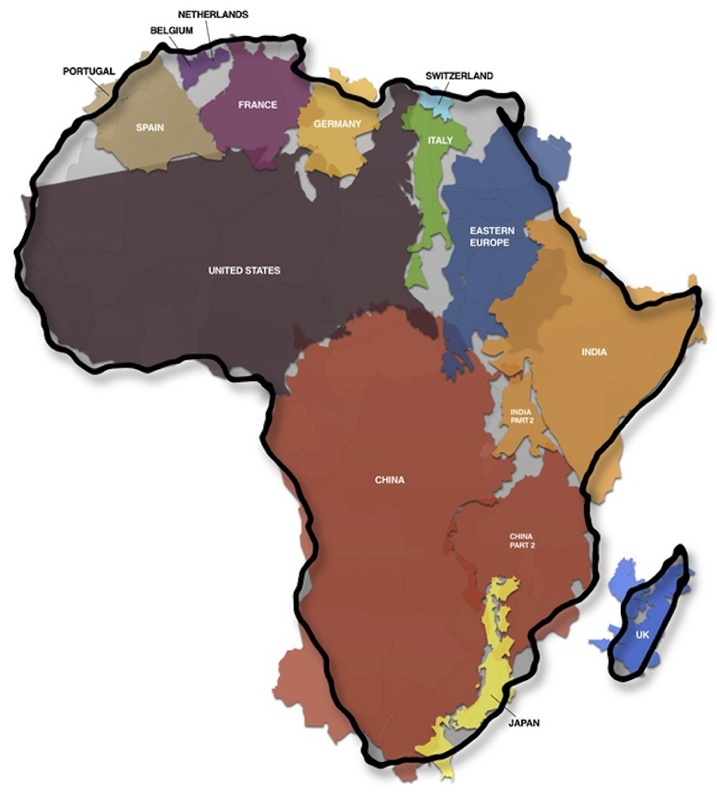

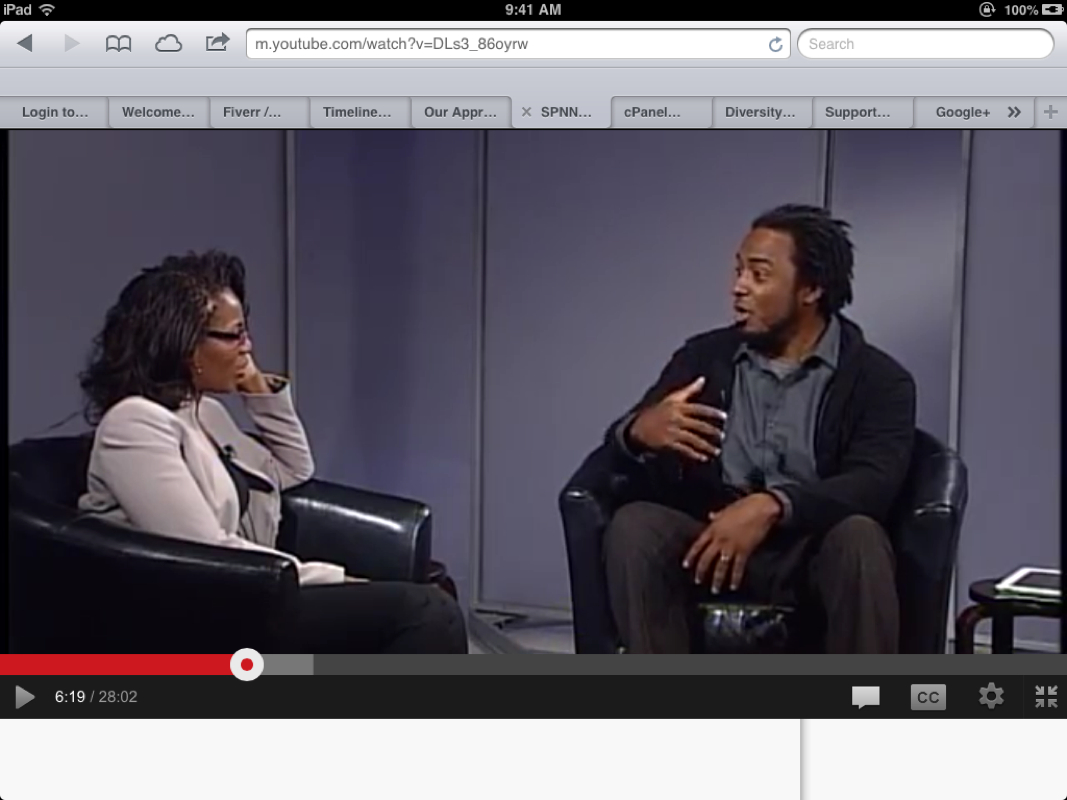
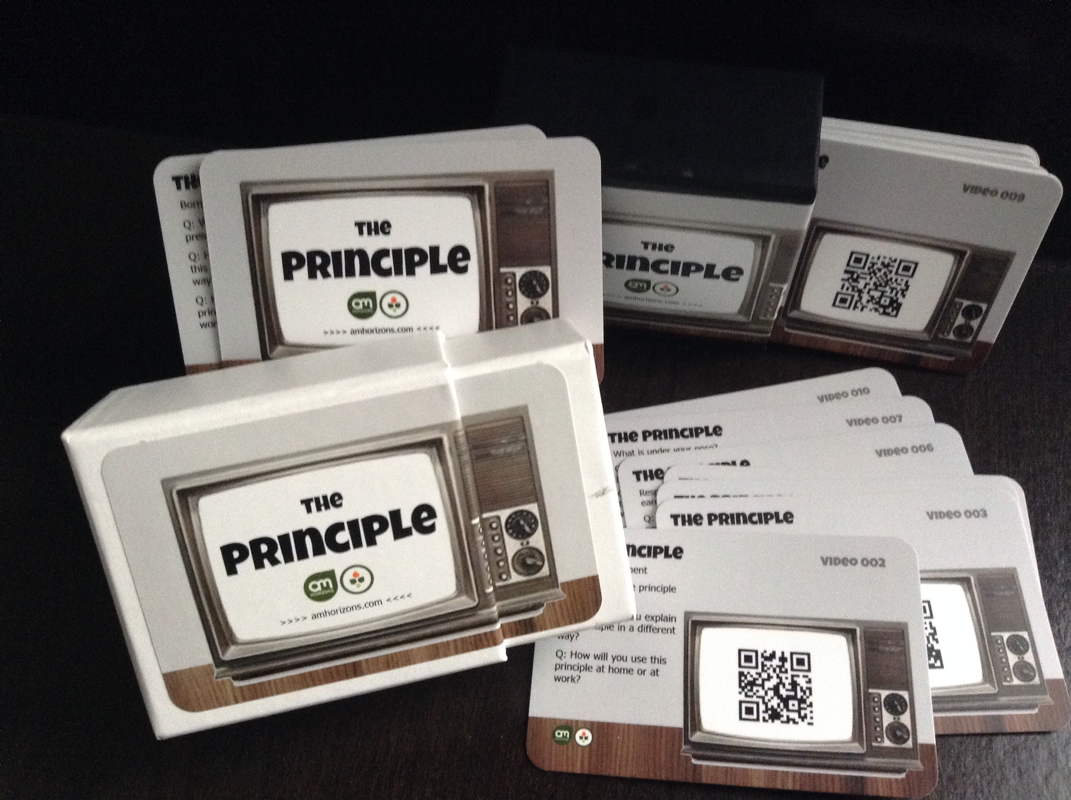
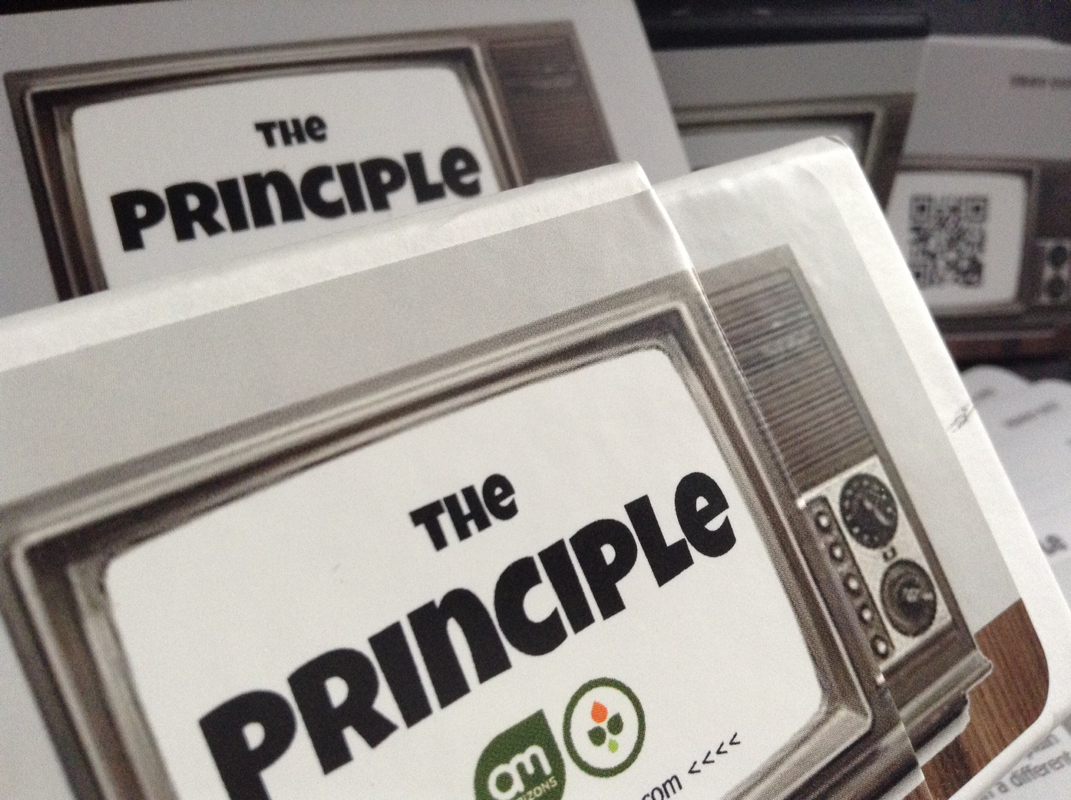
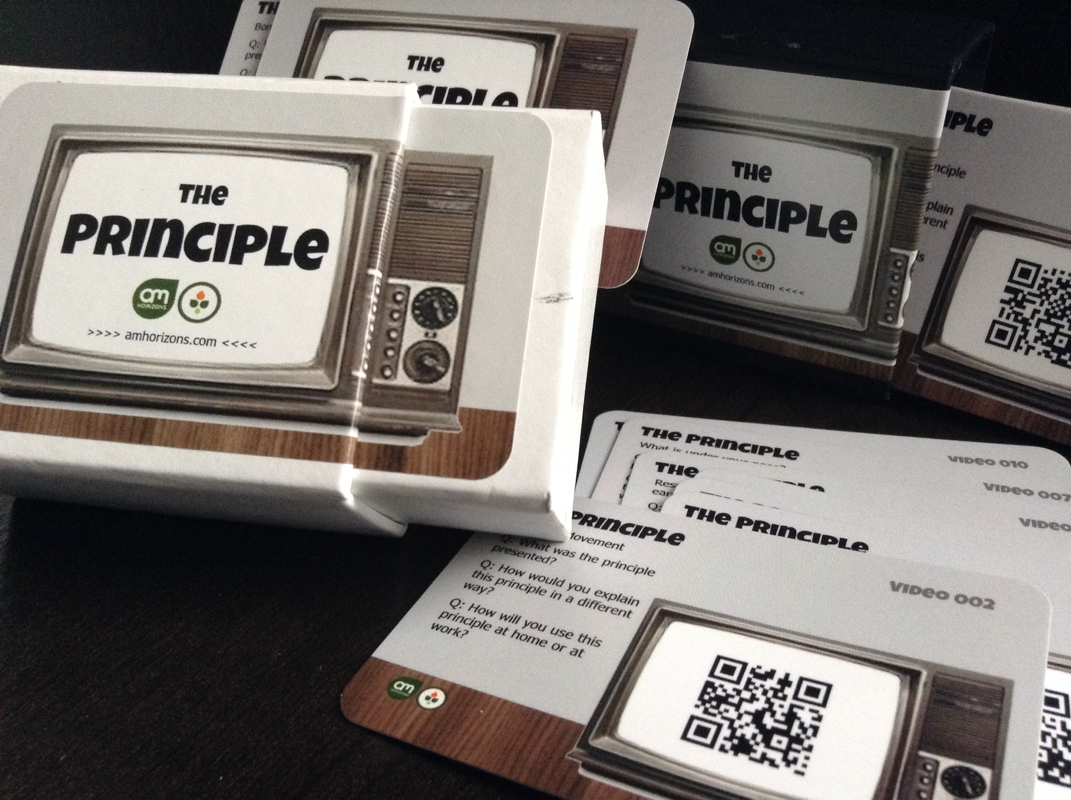
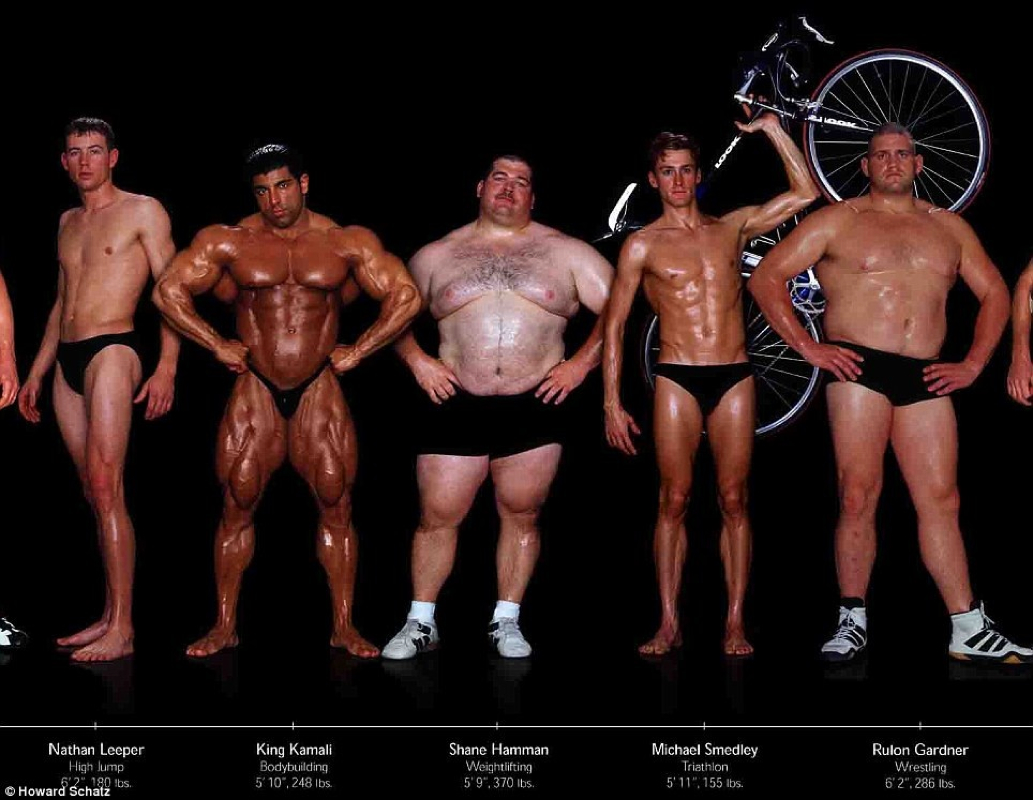
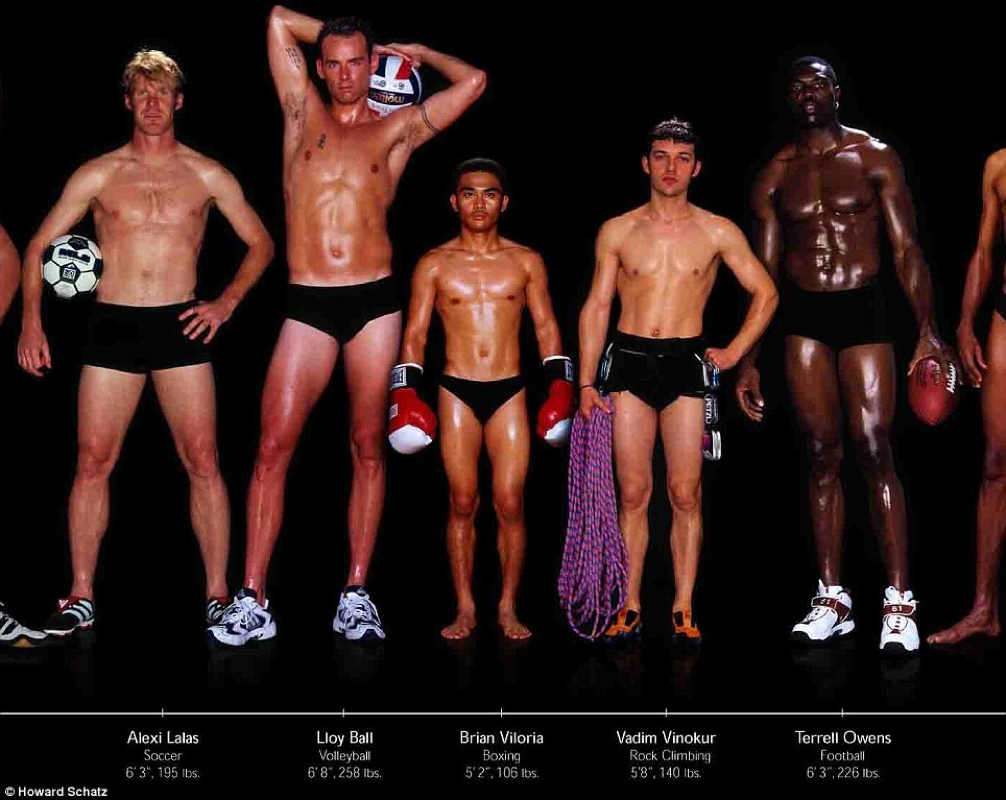
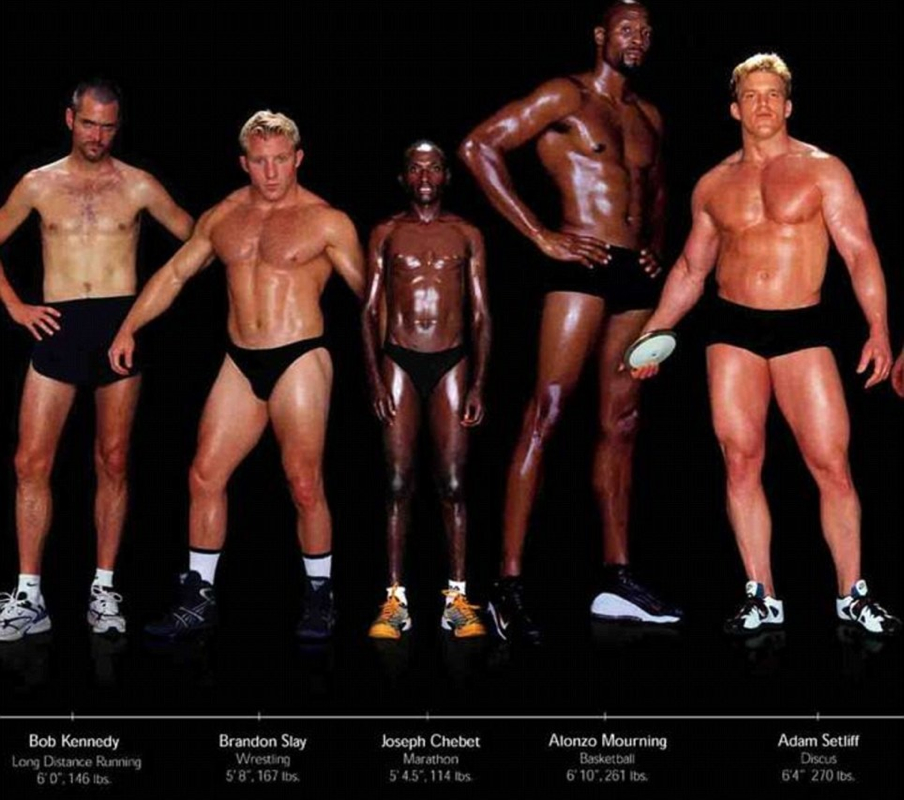
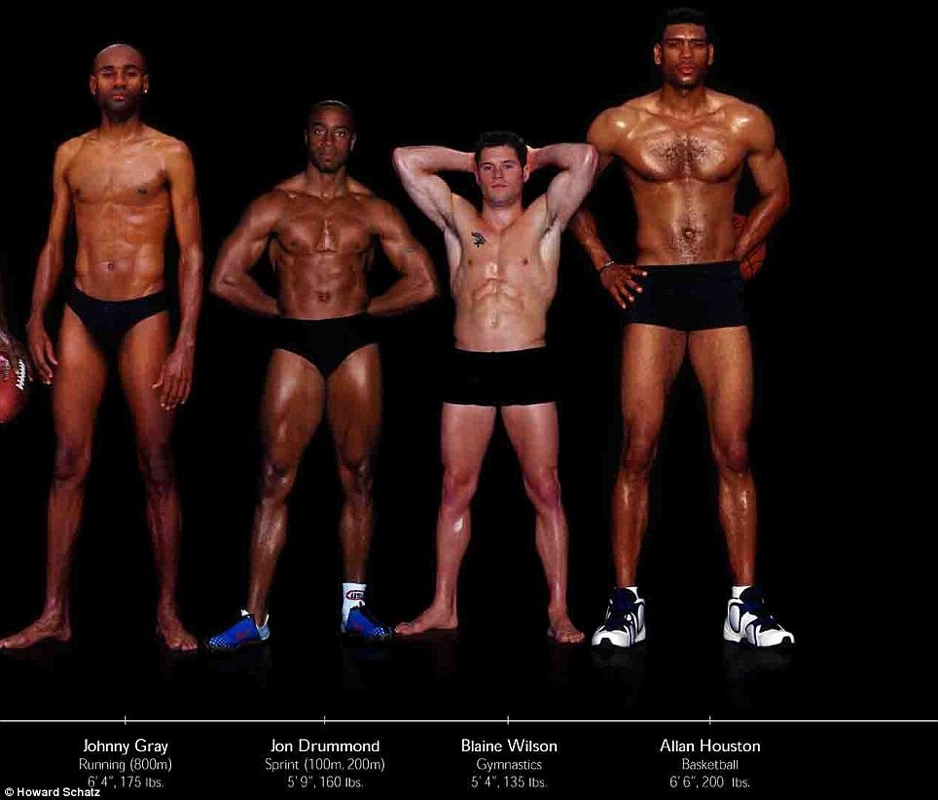
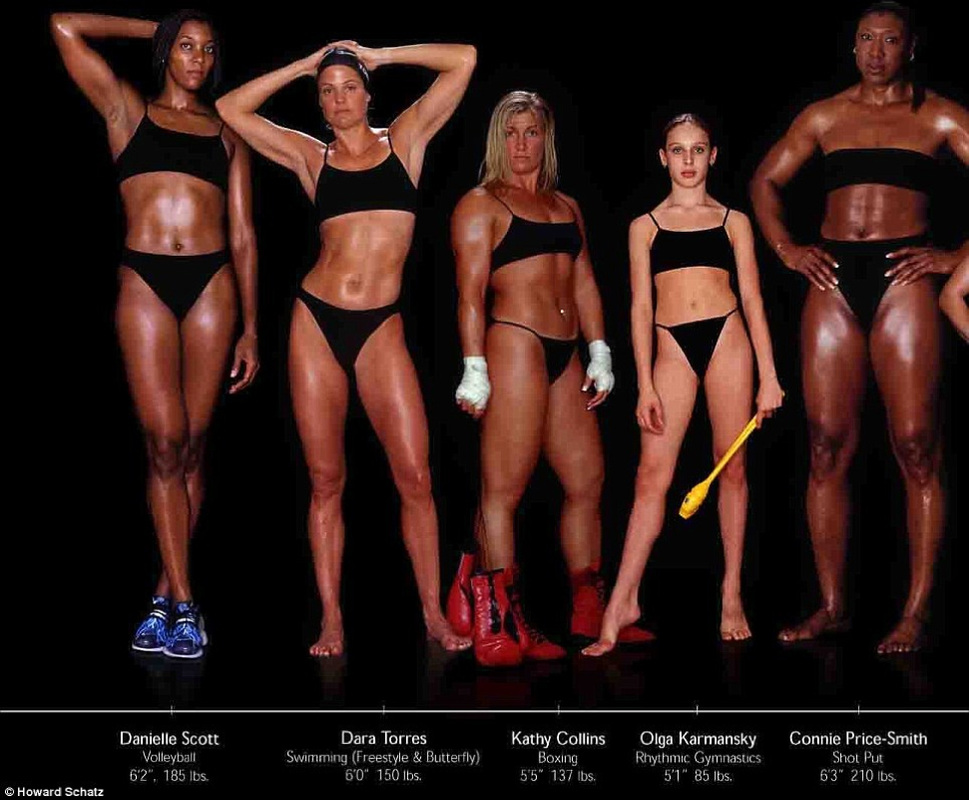
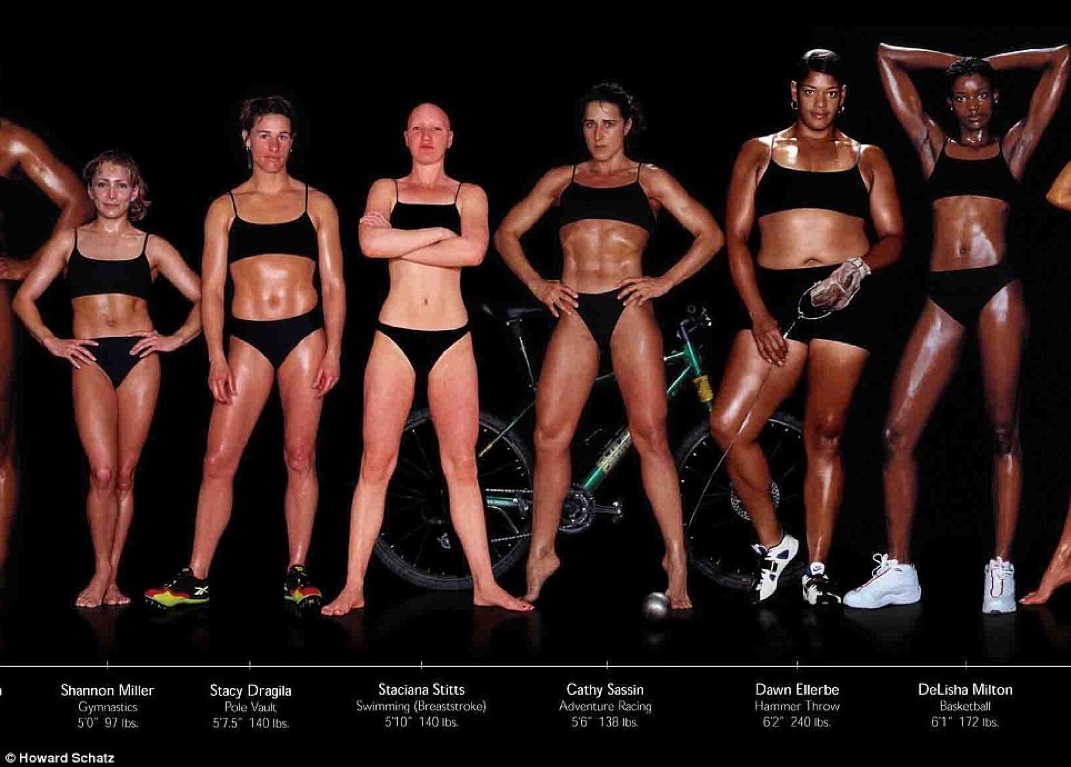
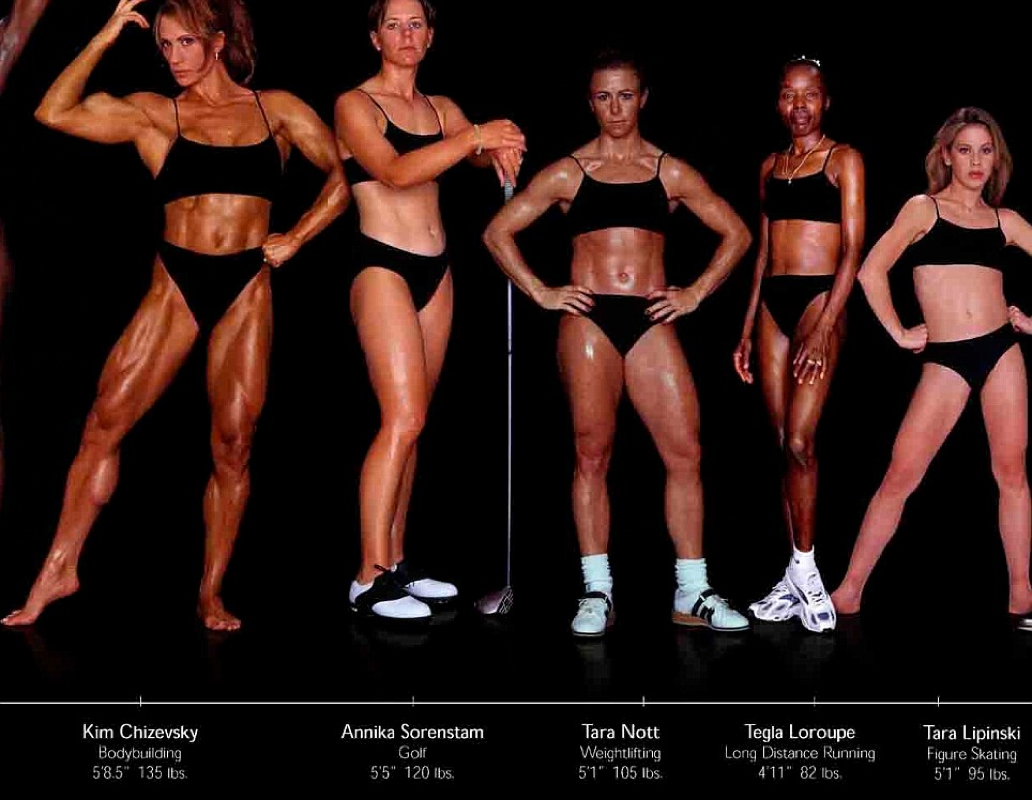
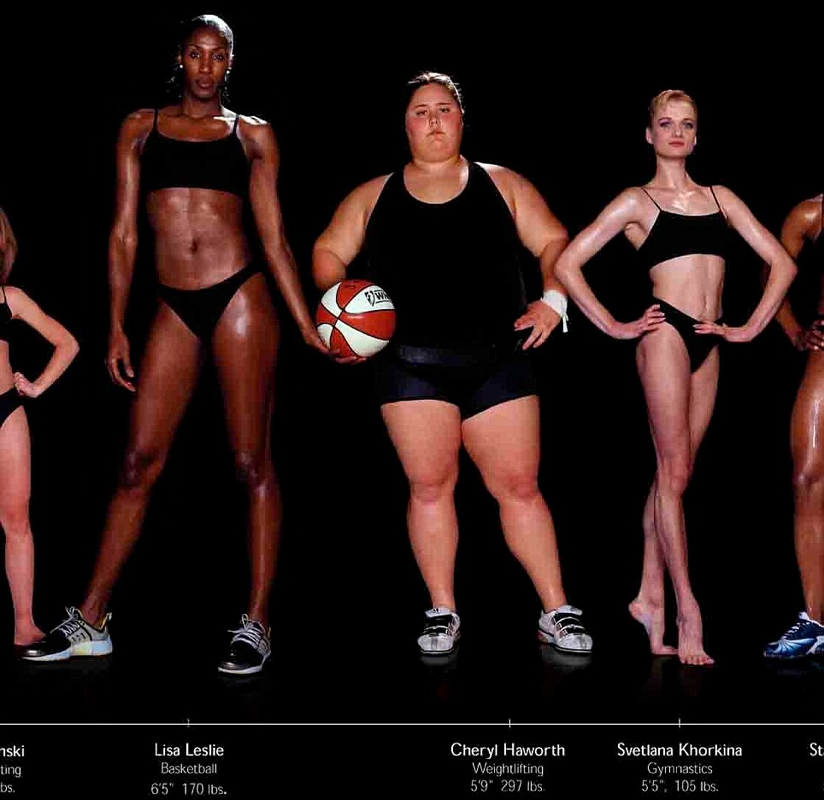
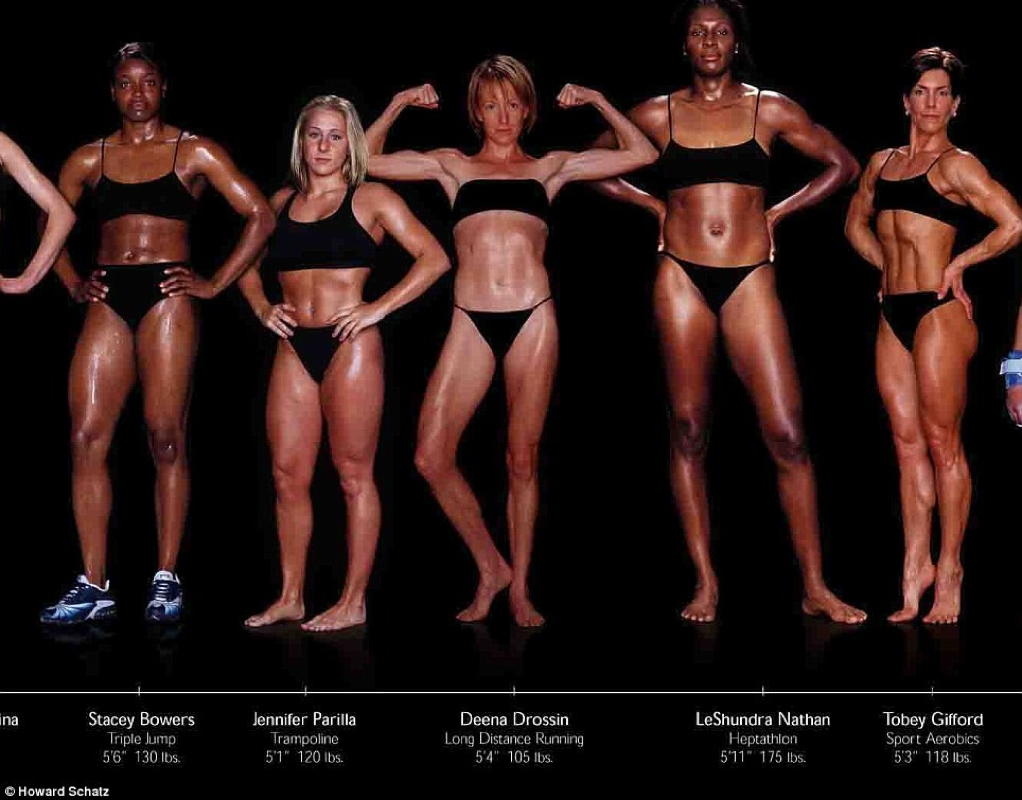
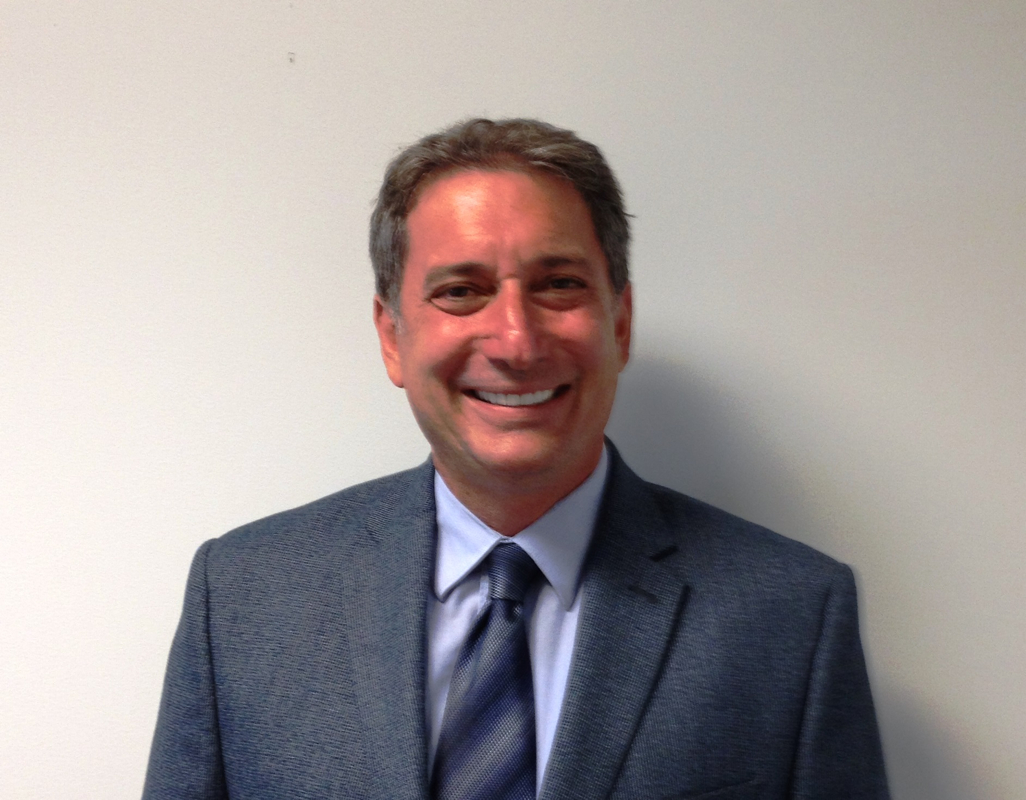
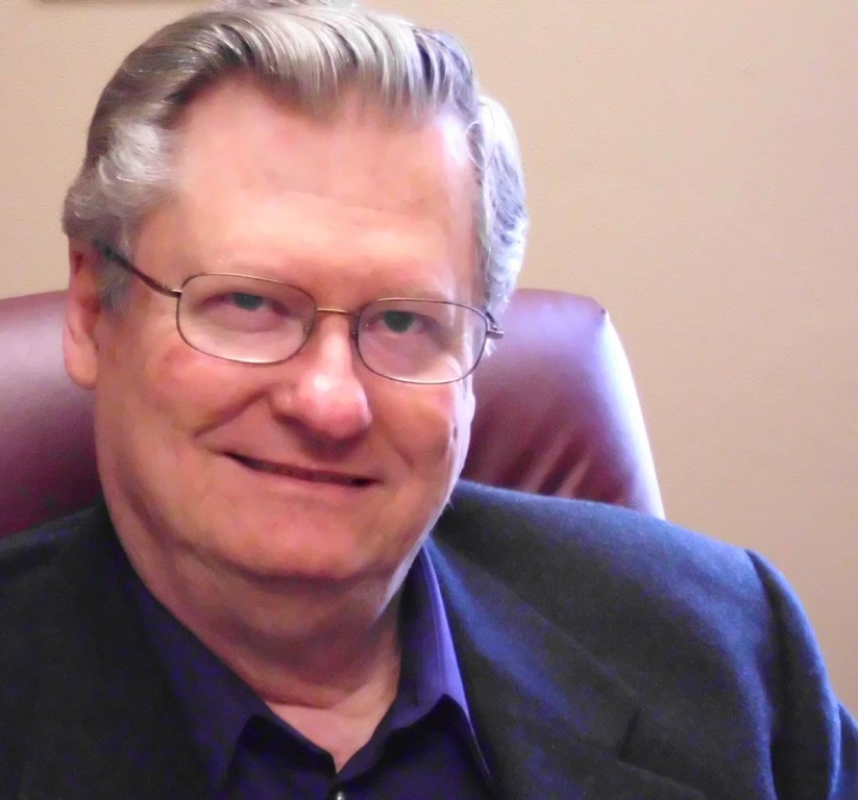

 RSS Feed
RSS Feed
